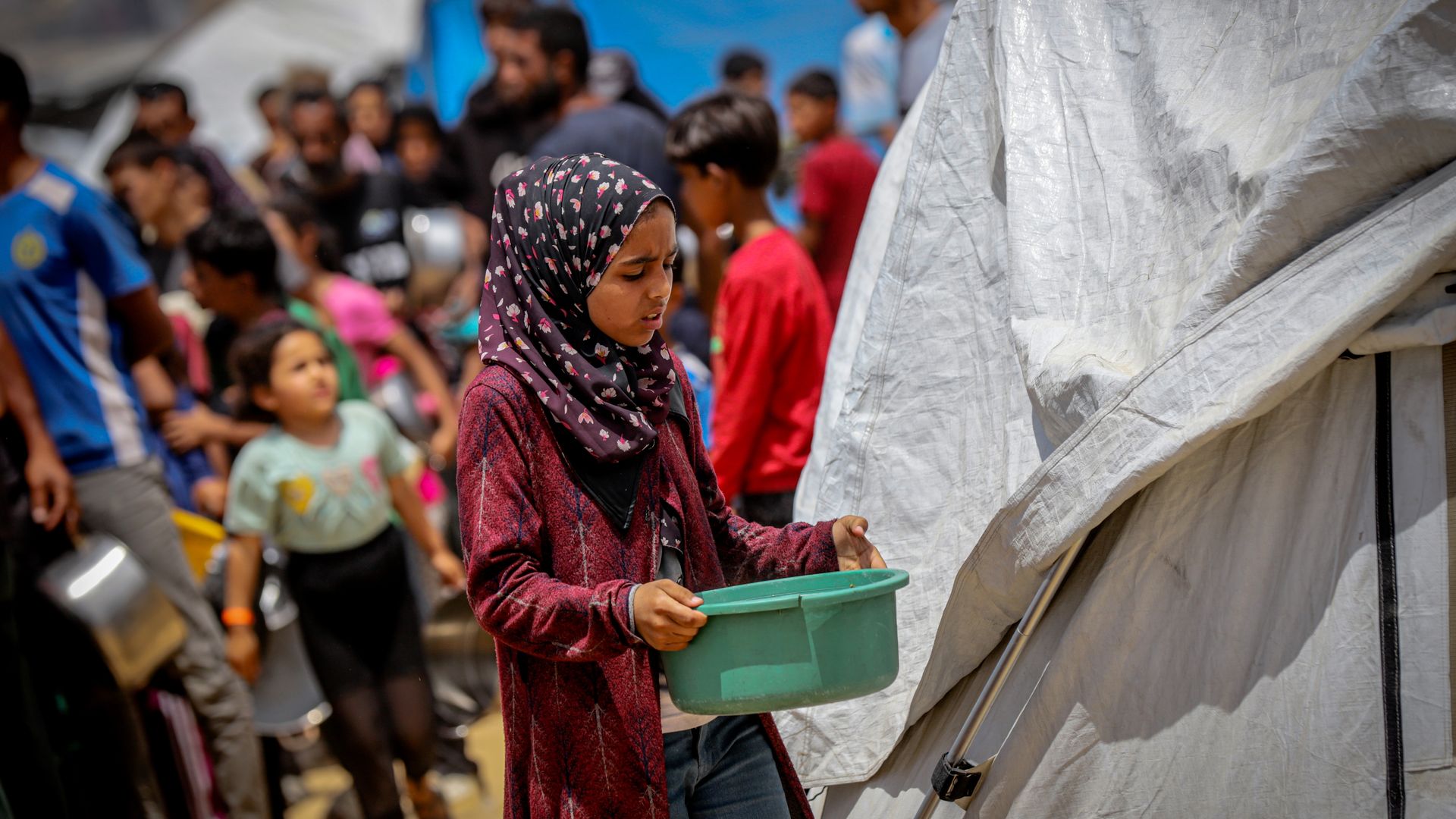After weeks on the ground in the Gaza Strip, a humanitarian group supported by Israel and the United States says the need for help is growing. The Gaza Humanitarian Foundation GHF_ has delivered millions of meals, but says Palestinians still “desperately need more aid.”
Gaza aid group says urgent need remains
GHF made the comments on X Saturday while announcing it has distributed more than 36 million boxed meals across its aid sites.
“We cannot meet the full scale of need while large parts of Gaza remain closed. We are working with the government of Israel to honor its commitment and open additional sites in Northern Gaza,” GHF Interim Director John Acree said. “The people of Gaza desperately need more aid.”
Despite media reports and claims by Gaza’s Health Ministry that Palestinians seeking food have been killed near aid sites, GHF says delivery has been smooth with occasional overcrowding. Organization chairman Rev. Johnnie Moore said inaccurate reporting has surfaced, creating a pattern that is hampering “life-saving aid to those who need it most.”
According to Acree, GHF is open to partnering with other aid groups to expand its efforts. The organization has also requested $30 million in support from the Trump administration. The Associated Press, which obtained the application, reported that GHF’s monthly operating budget is projected to be at least $150 million. The application is going through the U.S. Agency for International Development according to AP.
Conflicting reports on violence near aid sites
Gaza’s Hamas-run Health Ministry has reported ongoing issues since the GHF began operations in late May, claiming that Israeli military actions have killed at least 450 people and injured another 3,500. Rev. Moore claims UN food convoys within the Gaza Strip have led to deaths but they have not been reported, citing an update on June 18 from United Nations Office for the Coordination of Humanitarian Affairs (OCHA).
“Mass casualties among people attempting to access food supplies continue to be reported, including as they approached or gathered at militarized distribution points in Rafah and Deir al Balah or waited for trucks carrying UN aid supplies,” OCHA reported.
The Israeli army has previously stated that its forces only open fire after issuing warnings and when they perceive a threat from approaching crowds. Witnesses have described injuries caused by drone strikes and tank fire.
Civil defense spokesman Mahmud Bassal told AFP, a global news agency, three people were shot and killed in southern Gaza on Saturday. He added that five others were killed near the Netzarim corridor, a central zone where large crowds have gathered in hopes of receiving aid from GHF. Israel’s military told AFP they are looking into the reported deaths.
Hospitals at risk as fuel supplies run low
Health services in Gaza are also under growing strain. On June 20 the World Health Organization warned that the region’s medical system is at risk of collapse and urged for fuel deliveries to keep hospitals operational.
“The latest reports say 610 patients have been admitted due to severe malnutrition complications,” WHO spokesperson Christian Lindmeier said. “This does not count the many who were too weak to reach any point, who are too weak, who cannot be transported because the roads are blocked, because there are no ambulances, or because the hospitals, some of the health emergency centres have been shelled and bombed and are being constantly shelled and bombed.”
